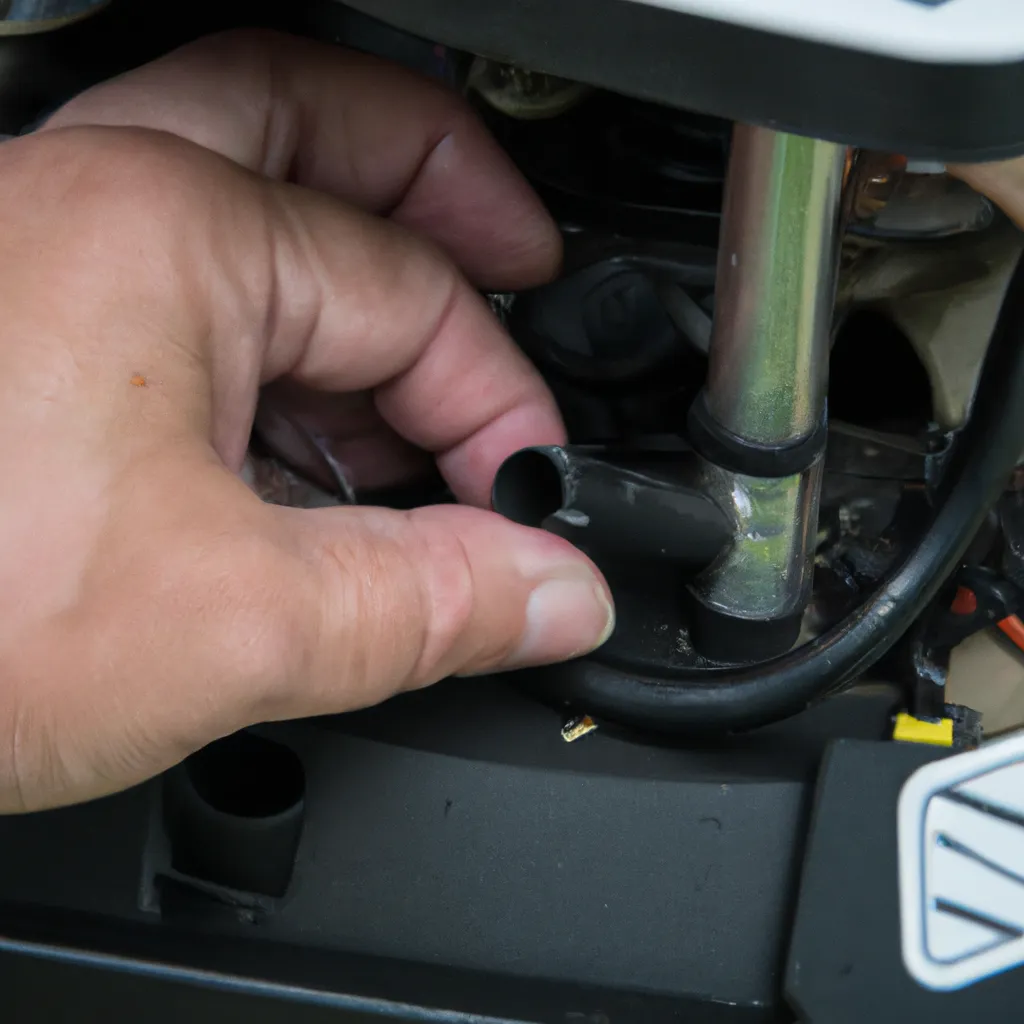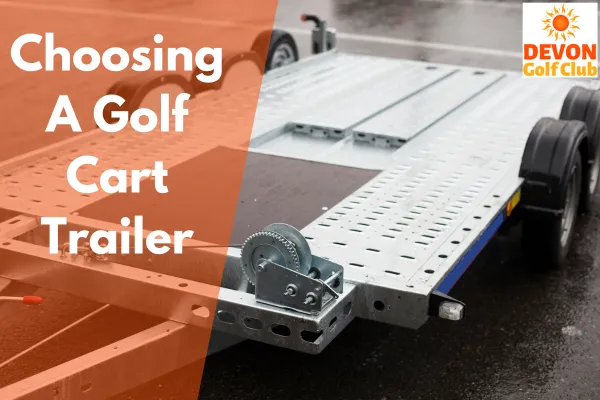Rev Up Your Ezgo Golf Cart: Replace Throttle Sensor
Are you the proud owner of an EZGO golf cart? Then you know that keeping it running smoothly is essential for an enjoyable and safe ride. One crucial component of your cart’s electrical system is the inductive throttle sensor, which controls your cart’s speed and direction.However, over time, this sensor can wear down and may need to be tested and replaced, to ensure your cart remains in tip-top shape.
In this article, we’ll guide you through the steps to test and replace your EZGO’s inductive throttle sensor. We’ll also provide some essential maintenance and safety tips to ensure your cart stays in excellent condition, preventing accidents and prolonging its lifespan.
So, let’s get started and rev up your EZGO golf cart by replacing that throttle sensor!
Key Takeaways
– The inductive throttle sensor is an important part of an EZGO golf cart’s electrical system, controlling its speed and direction.– Regular testing of the sensor using Alltrax controller, Molex plug, and proximity detector tests can help identify any problems with the sensor.
– If uncomfortable with replacing the sensor, it is recommended to reach out to a professional cart repair expert.
– Replacing the sensor involves removing the pedal box and placing the new sensor in its place, for which a video tutorial is available.
Testing the Sensor
You need to test the inductive throttle sensor on your EZGO golf cart to make sure it’s functioning properly. This sensor is an essential component of your cart’s electrical system that controls its speed and direction.You can test it by performing three different tests: the Alltrax controller test, the Molex plug test, and the proximity detector test.
The Alltrax controller test is the most accurate way to identify any problems with your sensor. To perform this test, you’ll need to jack up your cart and identify the 6- or 10-pin connector. Then, you’ll need to measure the pins to see if they’re functioning properly.
If the Alltrax controller test doesn’t find any problems, you can move on to the Molex plug test and the proximity detector test. These tests check for corrosion and other issues in the wire harness and throttle box, as well as any malfunctioning in the sensor.
Replacing the Sensor
To properly replace the inductive throttle sensor, start by removing the rocker panel and lifting up the floor mat to access the pedal box, as demonstrated in this video tutorial. Once you have access to the pedal box, remove the screws and connecting screws for the old throttle sensor. Then, place the new sensor in its place and replace everything that was removed. If you are uncomfortable with these steps, it is best to reach out to a dealer or repair expert for assistance to ensure best results and proper running order for your cart.To further illustrate the importance of proper testing and replacement, take a look at the table below. It shows the potential consequences of not addressing a faulty sensor, such as reduced control and potential accidents. By taking the time to properly test and replace your EZGO inductive throttle sensor, you can ensure the safety of yourself and others while prolonging the lifespan of your cart.
| Faulty Sensor | Consequences | |
|---|---|---|
| Inaccurate speed control | Reduced control over cart | |
| Failure to change direction | Potential accidents | |
| Slow response time | Premature wear and tear | |
| Risk of overheating | Damage to cart’s electrical system | |
| Reduced battery life | Higher maintenance costs | Reduced efficiency and productivity. |
Maintenance and Safety Tips
Maintaining and ensuring the safety of your EZGO golf cart involves regularly testing the inductive throttle sensor and replacing it if necessary, as well as checking for any potential issues with the cart’s electrical system. Here are some maintenance and safety tips to keep in mind:1. Check your cart’s battery regularly and replace it if needed. A weak or dying battery can cause your cart’s electrical system to malfunction, leading to potential safety hazards.
2. Keep your cart’s electrical components clean and free of debris or corrosion. This includes the inductive throttle sensor, wires, connectors, and battery terminals. Dirty or corroded components can cause electrical issues and lead to safety hazards.
3. Regularly inspect your cart’s tires, brakes, and suspension. Worn or damaged tires, brakes, or suspension components can cause your cart to lose control, leading to potential accidents.
4. Always wear appropriate safety gear, such as a helmet and seatbelt, when operating your cart. This can help minimize the risk of injury in the event of an accident.
Frequently Asked Questions
Can a faulty throttle sensor cause the cart to stop suddenly while in operation?
Yes, a faulty throttle sensor can cause your EZGO golf cart to suddenly stop while in operation. This can be dangerous and potentially lead to accidents. Regular testing and replacement of the sensor is important for your safety.
How often should the throttle sensor be tested and replaced?
To ensure proper functioning of your EZGO golf cart, the throttle sensor should be tested regularly. If any issues are detected, it should be replaced immediately to prevent accidents and prolong the cart’s lifespan.
Can a non-professional replace the throttle sensor on their own?
Yes, you can replace the EZGO inductive throttle sensor on your own if you feel comfortable with the steps involved. However, it’s important to follow proper testing and replacement procedures for safety and optimal cart operation.
What are some common signs of a failing throttle sensor?
If your EZGO golf cart is experiencing sudden acceleration, hesitation, or poor speed control, it may be a sign of a failing throttle sensor. Other signs include stalling or difficulty starting the cart. It’s important to test and replace the sensor for safety.
Are there any aftermarket throttle sensors available for EZGO golf carts?
You may be interested to know that there are aftermarket throttle sensors available for your EZGO golf cart. These sensors can provide reliable performance and may offer cost savings compared to OEM replacements.



